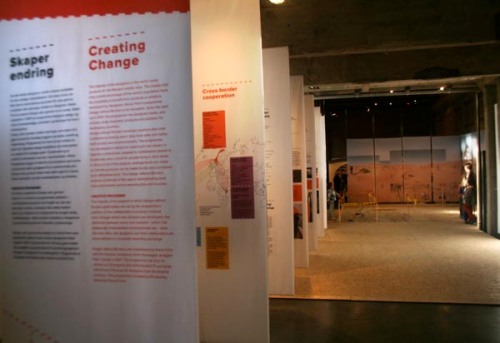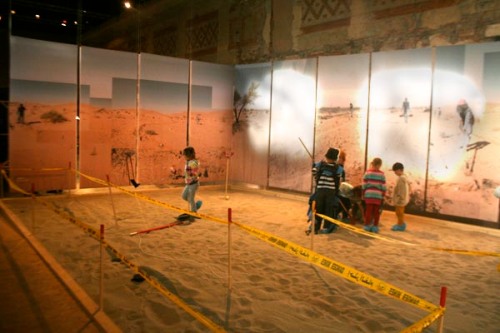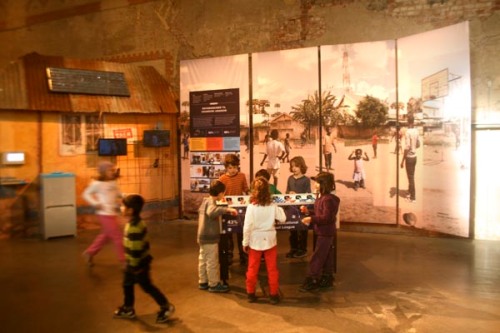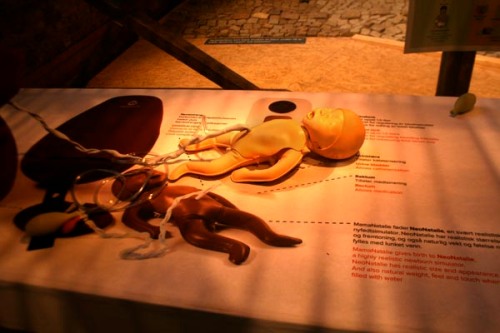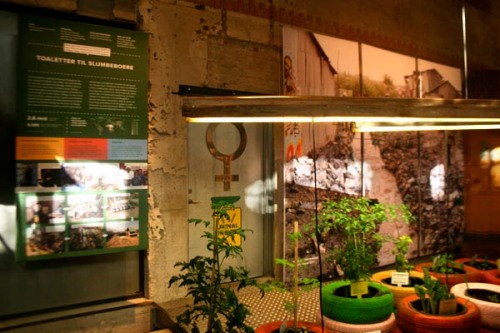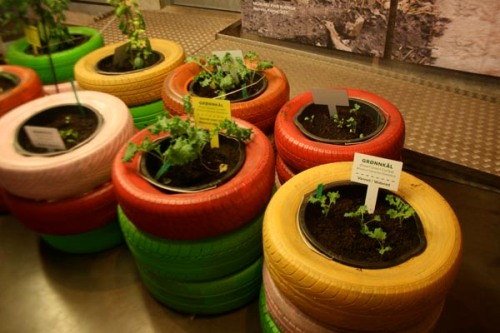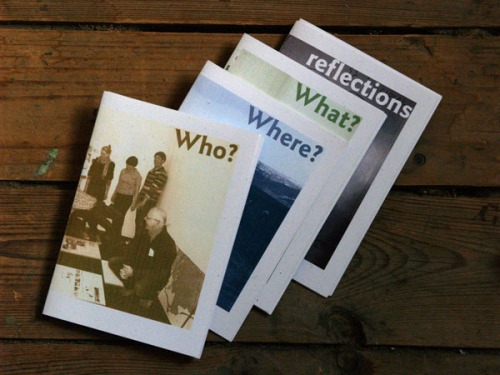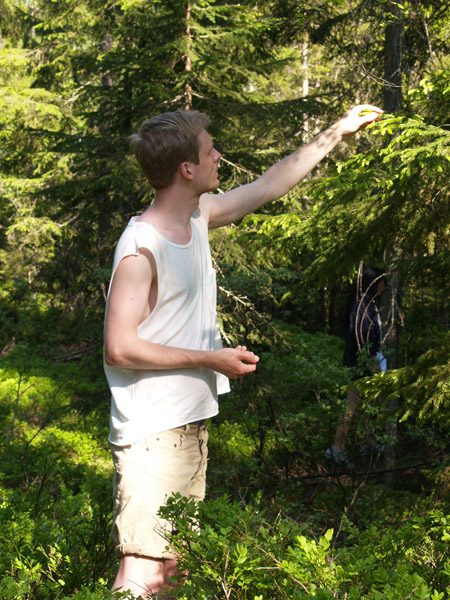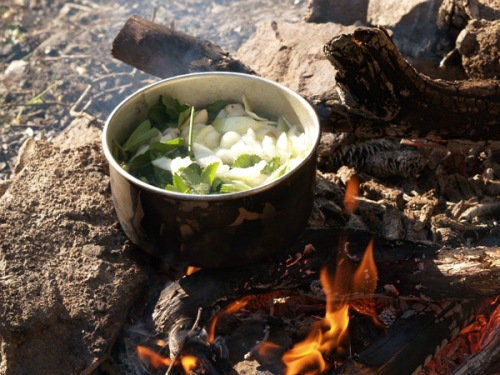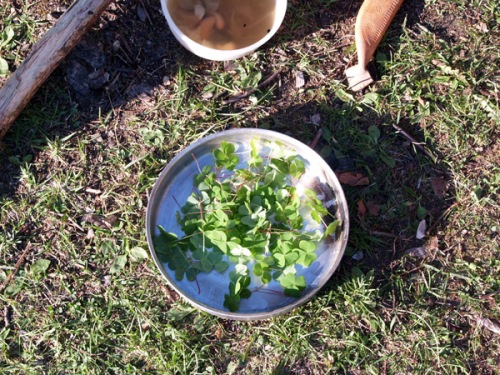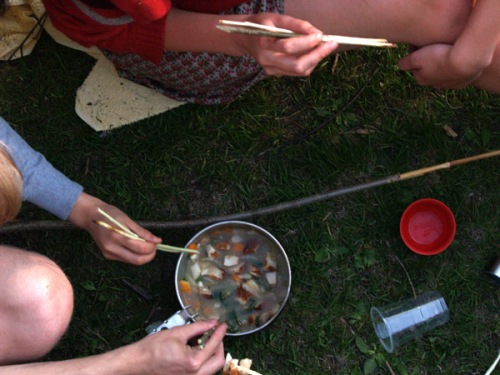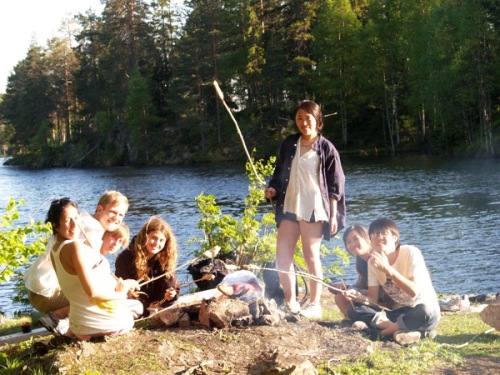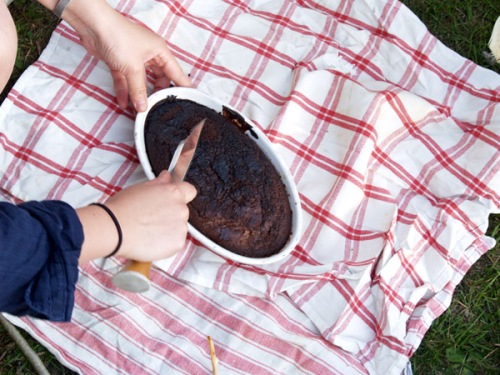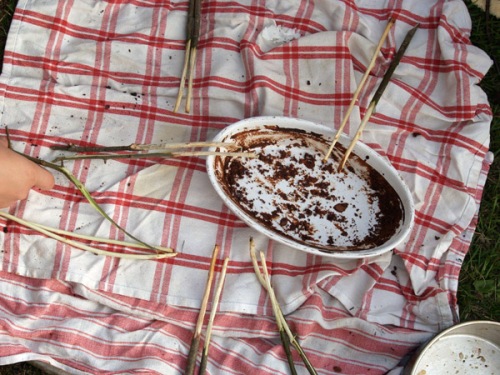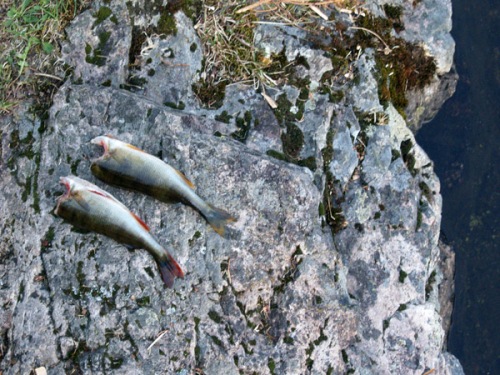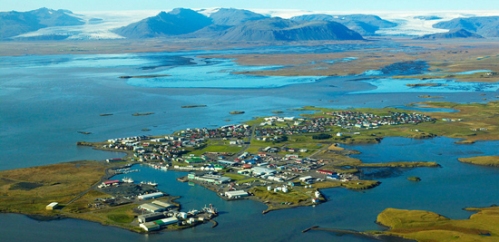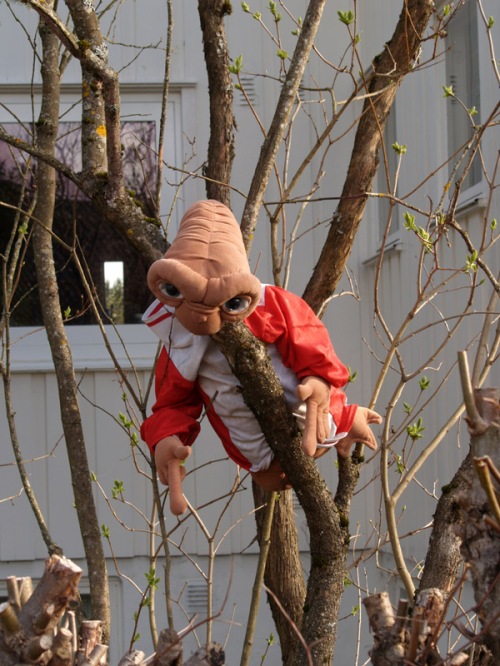Last thursday, I participated at the international design conference “Design without Borders – Creating Change”. It was part of an on-going exhibition about the work of “Design without borders” at DoGA, the center for Design and Architecture in Oslo. “Design without borders” is involved in different development projects around the world and the conference was giving attention to projects and designers that improve the quality of life of people instead of producing more “nice” consumer goods. I’m always happy when I have the opportunity to go to such events where I can listen to and meet people that are actively working on making this world a better place (just a week ago, I was quite sad about not having enough time to fully participate at another interesting conference called “Everything that is banned is desired”).
Allmost all the speakers mentioned the importance of involving people in the design process. Elizabeth Palmer, a consultant for the Danish Refugee Council, said that designers should not think that we are better just because we have a degree. Instead, we need to involve local people as expats – people who are more resourceful and pragmatic than us designers educated in western institutions. This also opened the question of aesthetics and of what is a good form. “Designtoimprovelife” measures design by form (design), impact (what’s improving?) and context (life).
I was especially impressed by a talk from Anna Kirah, a design anthropologist from the United States but based in Norway. Not only was the presentation itself engaging, personal and fun but she was also talking about human-centered design and co-creation. She mentioned how important it is, to understand the aspirations and motivations of people and that in order to be able to do this, we need empathy and active listening skills – we need to understand people from their own perspectives and not our own. This is an ability that from my personal experiences and observations, most people seem to miss and I wonder how we can include it in our learning. She finished her speech with “Leadership is to create a world where people want to belong to.” (Robert B. Dilts)
For the evening program, I gave a Pecha Kucha about how we as designers need to change in order to be able to create change. Quite scary infront of all the people! I will post my slides later…
Images from the exhibition at DoGA
